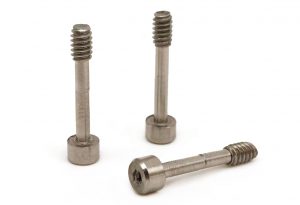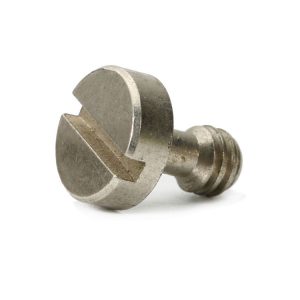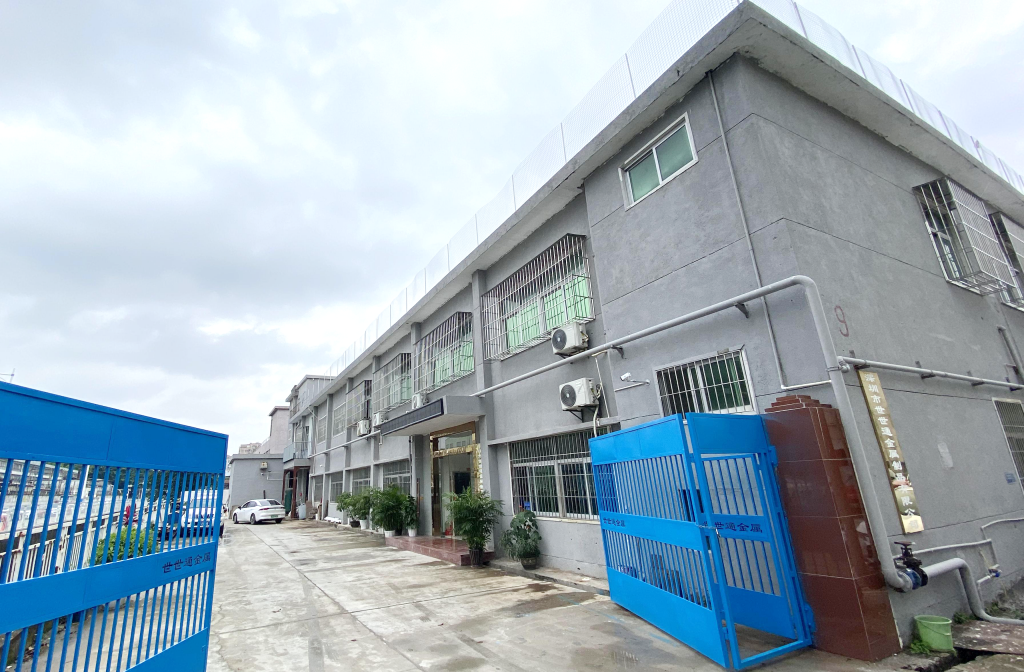
Tel:
+86 13143444311
Email:sst@szsst88.com
Fax:+0086-755-27322278
Address:Building 9, First Industrial Zone, Tantou Industrial City, Songgang Street, Baoan District, Shenzhen 518105, Guangdong, China
What is a captive screw?
A captive screw is a specialized fastener designed to remain attached to a panel or component even when fully unscrewed, preventing loss or damage in critical applications.
✘Unlike regular screws, captive screws feature a reduced-diameter shank and a captive washer, ensuring they stay in place.
✘They differ from PEM fasteners, which are press-in captive nuts or studs, by offering a removable yet secure fastening solution.
This article explains the key differences, benefits, installation process, and a real-world case study from Shi Shi Tong, a leading custom screw manufacturer.

Differences Between Captive Screws, Regular Screws, and PEM Fasteners
|
Feature |
Captive Screws |
Regular Screws |
PEM Fasteners |
|
Design |
Reduced shank with captive washer to prevent detachment |
Fully threaded or same-diameter shank, detachable |
Press-in nuts or studs, permanently fixed |
|
Detachment |
Stays attached to panel when unscrewed |
Fully removable, risk of loss |
Non-removable, fixed in place |
|
Installation |
Screwed into threaded hole or washer |
Screwed into threaded hole |
Pressed or swaged into material |
|
Applications |
Safety panels, machinery, electronics |
General fastening, low disassembly needs |
High-strength permanent fastening |
|
Cost |
Higher due to specialized design |
Lower, standard design |
Moderate, depends on installation |
|
Materials |
Stainless steel, titanium, aluminum |
Various materials, less specialized |
Typically steel or stainless steel |
1.Prevent Screw Loss: Captive screws remain attached, reducing downtime and maintenance costs.
2.Enhanced Safety: Critical for industrial machinery and electronics, where loose screws can cause damage or injuries.
3.Ease of Maintenance: Simplifies repeated assembly and disassembly in applications like server racks or medical devices.
4.Customizable Design: Shi Shi Tong offers tailored solutions in various materials (e.g., A2/A4 stainless steel, titanium) and head types (cap, countersunk, thumb screws).

1.Prepare the Panel: Ensure the panel has a threaded or non-threaded hole matching the screw size (e.g., M3, M4).
2.Attach Captive Washer: Place the captive washer on the unthreaded shank, with internal teeth facing away from the screw head.
3.Insert Screw: Screw into the threaded hole or flange until the reduced shank engages the washer.
4.Secure the Panel: Tighten to lock the panel between the screw head and washer, ensuring it cannot be fully removed.
Note: Use moderate force to avoid damaging the washer’s teeth. For non-threaded panels, a retaining flange may be swaged into the panel first.
A German electronics manufacturer approached Shi Shi Tong to address frequent screw loss during server rack maintenance, which caused delays and potential circuit damage. They required M4 captive screws with a specific length (20mm) and A4 stainless steel for corrosion resistance in humid environments.
Solution:
✔Shi Shi Tong designed custom M4 x 20mm cap head captive screws with a smooth unthreaded shank and specialized captive washers.
✔The screws were tested for compliance and provided a secure, vibration-resistant hold.
The client reported a 30% reduction in maintenance time and zero screw loss incidents after implementation.
✔Captive Screws: Ideal for removable panels requiring frequent access. They stay attached but can be unscrewed intentionally.
✔PEM Fasteners: Permanently pressed into the material, suitable for fixed, high-strength connections but not for frequent removal.
Use Case Example: Captive screws are preferred for machine covers, while PEM fasteners are used for structural components like chassis frames.
1.What is a captive screw used for?
Captive screws are used in applications requiring secure, non-detachable fasteners, such as safety panels, electronics, and industrial machinery, to prevent screw loss and ensure safety compliance.
2.How do captive screws differ from regular screws?
Captive screws have a reduced shank and captive washer to stay attached when unscrewed, while regular screws are fully detachable, increasing the risk of loss.
3.Are captive screws more expensive than regular screws?
Yes, captive screws are typically more expensive due to their specialized design and manufacturing, but they reduce long-term costs by preventing equipment damage and downtime.
4.Can Shi Shi Tong customize captive screws?
Yes, we offer bespoke captive screws tailored to your specifications. Contact us for a quote.
 |
Skype: kalyn qin M: +86 18818786322 Tel: +86 0755-27322278 Add: Building 9, Tantou First Industrial Zone, Songgang Street, Baoan, Shenzhen 518105, Guangdong Province, China |
5 月-28-2025
Joan

 +86 13143444311
+86 13143444311 sst@szsst88.com
sst@szsst88.com